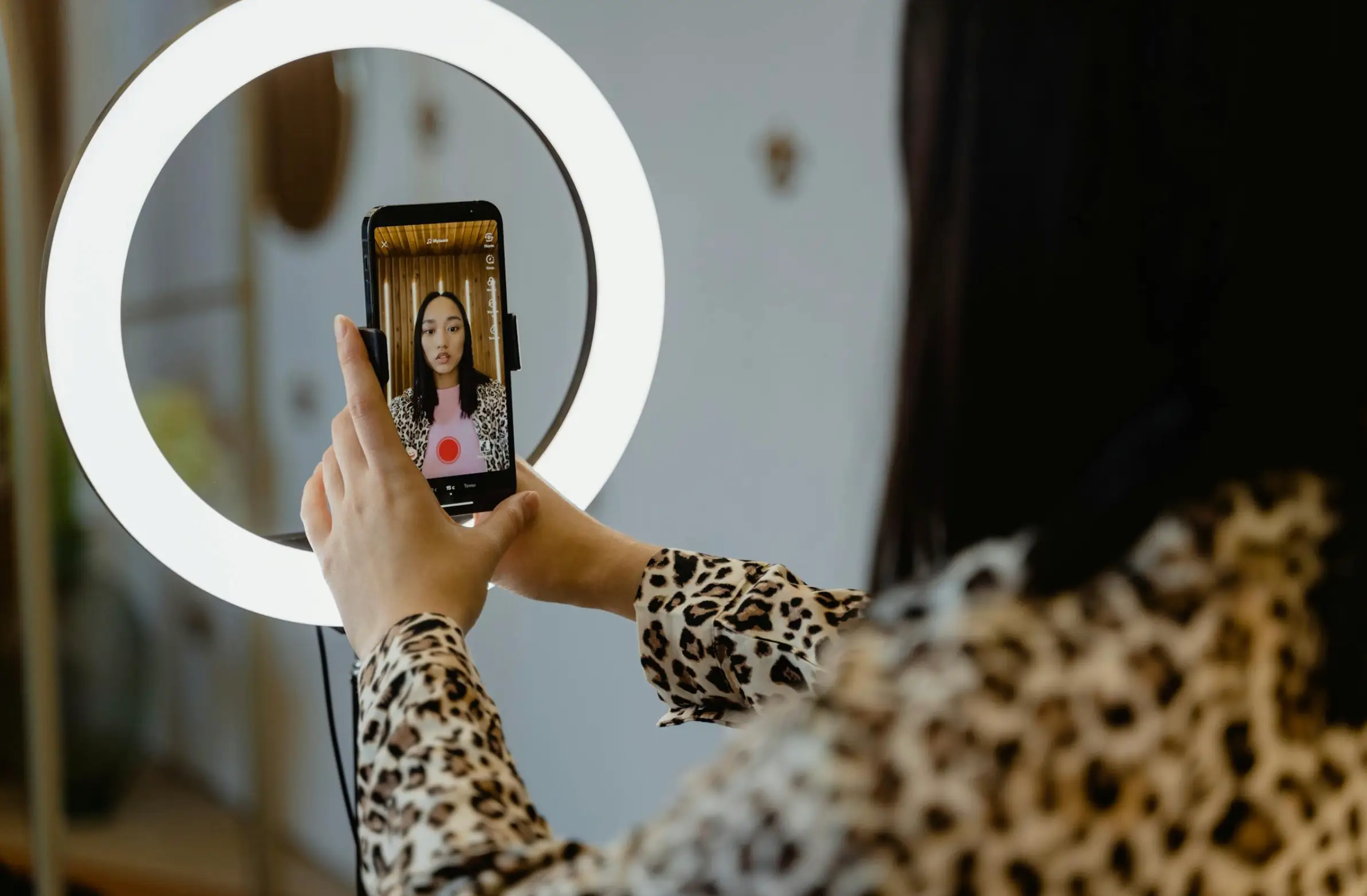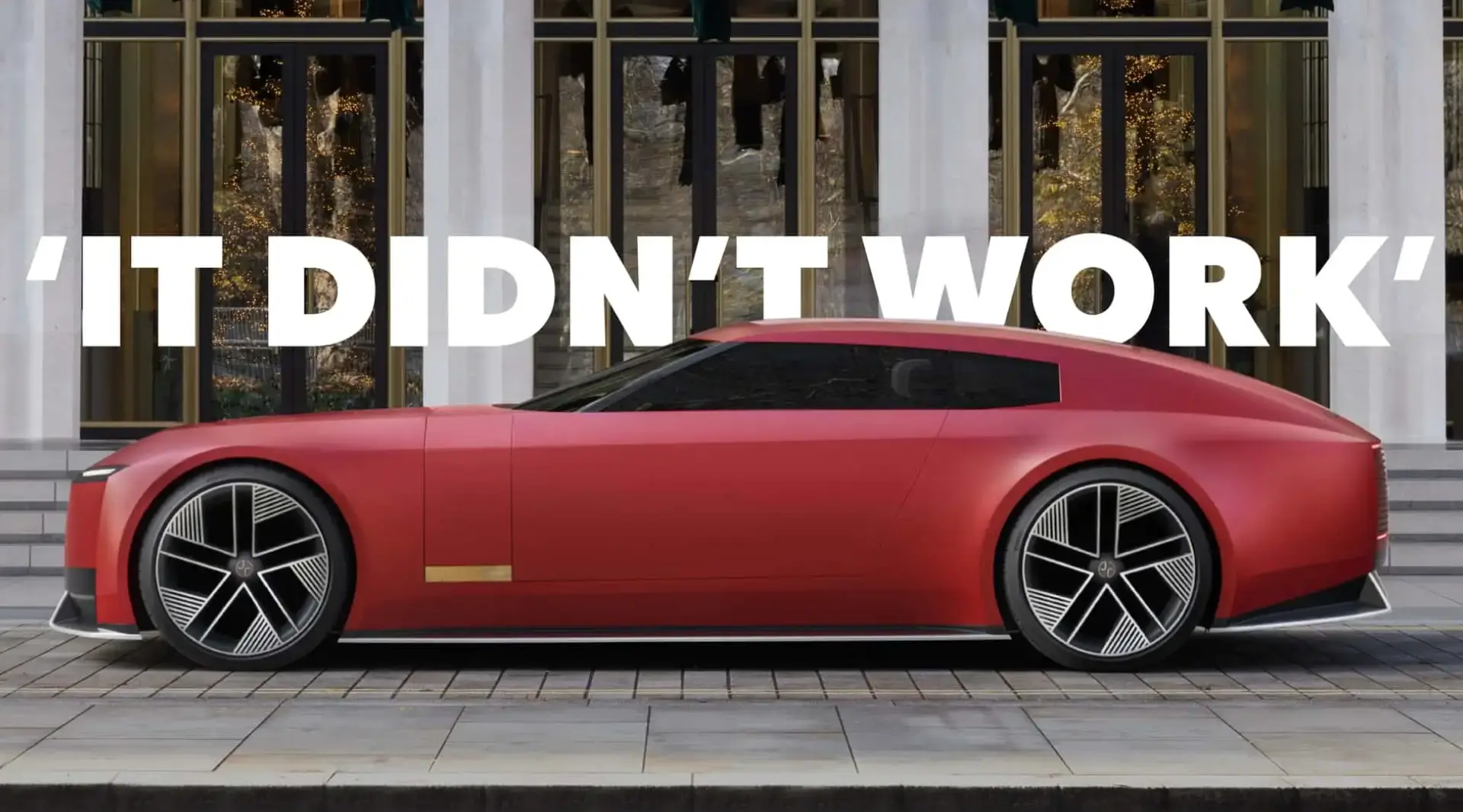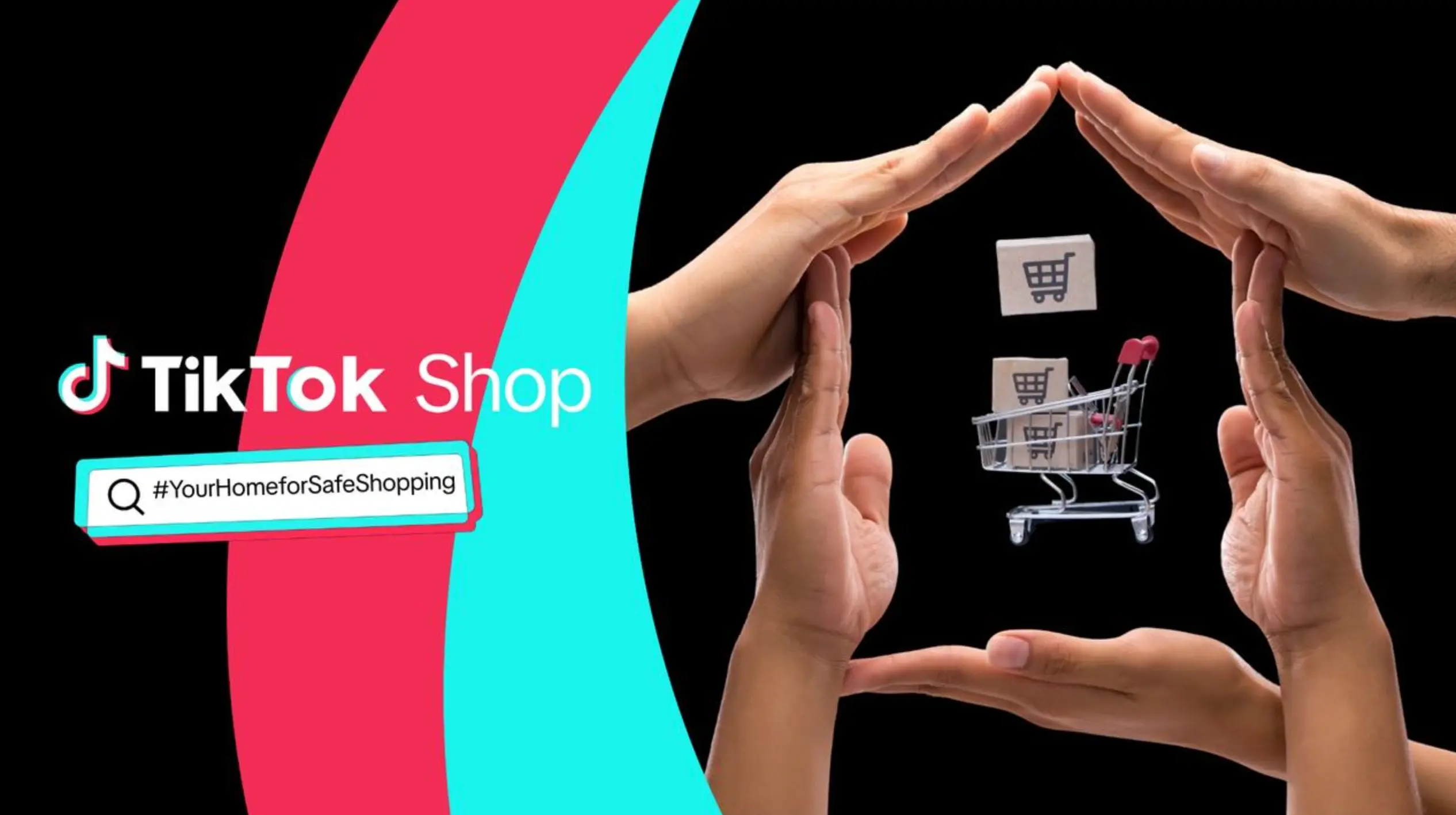What Is Immersive Marketing and How Will It Shape The Future Of Advertising?
Updated on
Published on

The term "immersive marketing" has been making waves and catching the attention of both advertisers and consumers in the marketing world in 2024. This article is about immersive marketing and will explore the nuances of this trend, which has sparked many discussions about its definition, current impact, and potential to shape the future of advertising.

It is difficult to define immersive marketing in a world where the distinction between experiential and traditional advertising is becoming more hazy. From conferences and trade shows to holograms and light shows, the umbrella term “immersive” has expanded to include a myriad of immersive endeavours. To truly understand immersive marketing, it is essential to grasp what it aims to achieve: the creation of experiences that transcend the ordinary, captivating audiences in ways that go beyond conventional advertising methods.
To begin, let us talk about the spectrum of immersive experiences, which range from the physical to the purely digital. Let us start with the tangible. There are numerous iconic examples, such as the "swimmable" billboard that Adidas created. This billboard is a literal immersion that surrounds people with water, blurring the boundaries between reality and marketing activation. This also includes venues such as the Outernet, 180 Strand in London, and MSG Sphere in Las Vegas—commercial and entertainment venues built to surround guests with screens and audio. Then there are different dimensions of immersion that are almost intangible, including digital experiences like Moncler’s 'immersive' fashion shows and in-store activations like Lego's labs, which achieved the remarkable feat of charging admission to a shop. The narrative broadens to include big, splashy, tech-driven PR plays, such as the viral Resident Evil billboard and AI-driven phenomena. These instances, though not fully immersive in essence, do transport viewers into different realities, sparking conversations about the malleability of the term 'immersive.'
While constructing a rigid definition proves impractical, there are key elements that contribute to the immersive space. Firstly, immersion creates a profound feeling of entering a world beyond our own. It takes individuals away from their immediate thoughts and plunges them into an alternate reality. Second, if immersion includes building a new world, it grants the creator a role akin to that of a god, giving them control over every facet of the encounter. Third, the most immersive experiences include a component that encourages audience participation. This is reminiscent of the essence of immersive theatre, which emphasises the importance of interaction between the exhibitor and the audience participant.
It is noteworthy that complete immersion does not require all forms of technology. Traditional forms like theatre and books, known for their ability to draw individuals into narratives, also fit the immersive description. Even though technological advancements have not been the only factor that determines immersive marketing, they have been a significant factor in the realisation of long-held goals. For a significant period, technology was not sufficiently advanced to bring certain concepts to life. However, as technology evolves, so do audience expectations. It is not only the success of rock concerts and immersive catwalk shows that has sparked innovation, but it has also cultivated a desire among brands to participate in this space.
Immersion marketing has the capacity to change audiences by providing a platform for brands to engage their senses on all levels. Collaborating with bands, fashion designers, and other creative fields is made easier by it, resulting in a fusion that could be difficult to achieve in other realms. Brands are expected to connect with audiences in this space and provide an experience that goes beyond conventional advertising methods as the audience becomes more open to these immersive experiences.
From an advertising business perspective, immersive and experiential marketing is maturing, shedding its initial image as a shiny, new technology. The industry is increasingly treating it as the legitimate channel it is, recognizing its usefulness beyond a passing fad. This shift towards maturity poses new challenges and opportunities for the industry. Two key elements come to the forefront to solidify the legitimacy of immersive marketing: measurement and expertise integration.
Measurement tools could include both high-tech solutions like footfall heatmaps and emotional response analysis, as well as traditional methods like social listening and impact on revenue. While there's progress in measuring immediate fame and PR impact, the challenge lies in linking immersive performance to long-term business results. Tools should be used to understand the impact of an experience on buying behaviour over time. As technological complexity expands, expert integration becomes paramount. The array of skill sets required is expanding, encompassing content creation, film, sound, and other elements. It's important to work with specialists who can navigate the intricate landscape of immersive marketing successfully.
The topic of immersive marketing-driven advertising in the future generates excitement about the transformative role it will have in the advertising landscape. This shift is anticipated to lead to more creative, engaging, and interactive advertising campaigns. The boundaries between the physical and digital worlds will blur further, allowing brands to connect with consumers on a deeper, more meaningful level.
The potential effects of immersive marketing on advertising in the future are not to be ignored. Here are key points that shed light on the transformative nature of immersive marketing.
- Richer Consumer Engagement: Immersive marketing has the potential to revolutionise advertising by offering more than just a product or service. It creates an emotional connection and a memorable experience for consumers. This deeper level of engagement can lead to increased brand loyalty and advocacy.
- Long-term Data Insights: The interactive nature of immersive marketing allows for data collection on a more profound level. Advertisers can gather insights not just on immediate reactions but on how these experiences impact consumer behaviour over time. This long-term data can inform more targeted and effective advertising strategies.
- Expectation of Immersive Experiences: As immersive experiences become more common, audiences may come to expect this level of engagement from brands. This sets a new standard in advertising, challenging advertisers to continually innovate and deliver immersive content.
- Collaborations and Partnerships: The collaborative aspect of immersive marketing, seen in collaborations with bands, fashion, and other creative areas, opens up new avenues for partnerships. Brands can align themselves with cultural and creative forces, creating a symbiotic relationship that goes beyond traditional advertising.

In essence, immersive marketing is poised to reshape advertising by offering richer, more engaging experiences that resonate with consumers on a personal and emotional level. It's not just about selling a product; it's about creating an unforgettable journey that leaves a lasting impression on the audience. Immersive marketing is not confined to a specific medium or technology; instead, it encompasses a broad spectrum of experiences that transport individuals into alternate realities.







